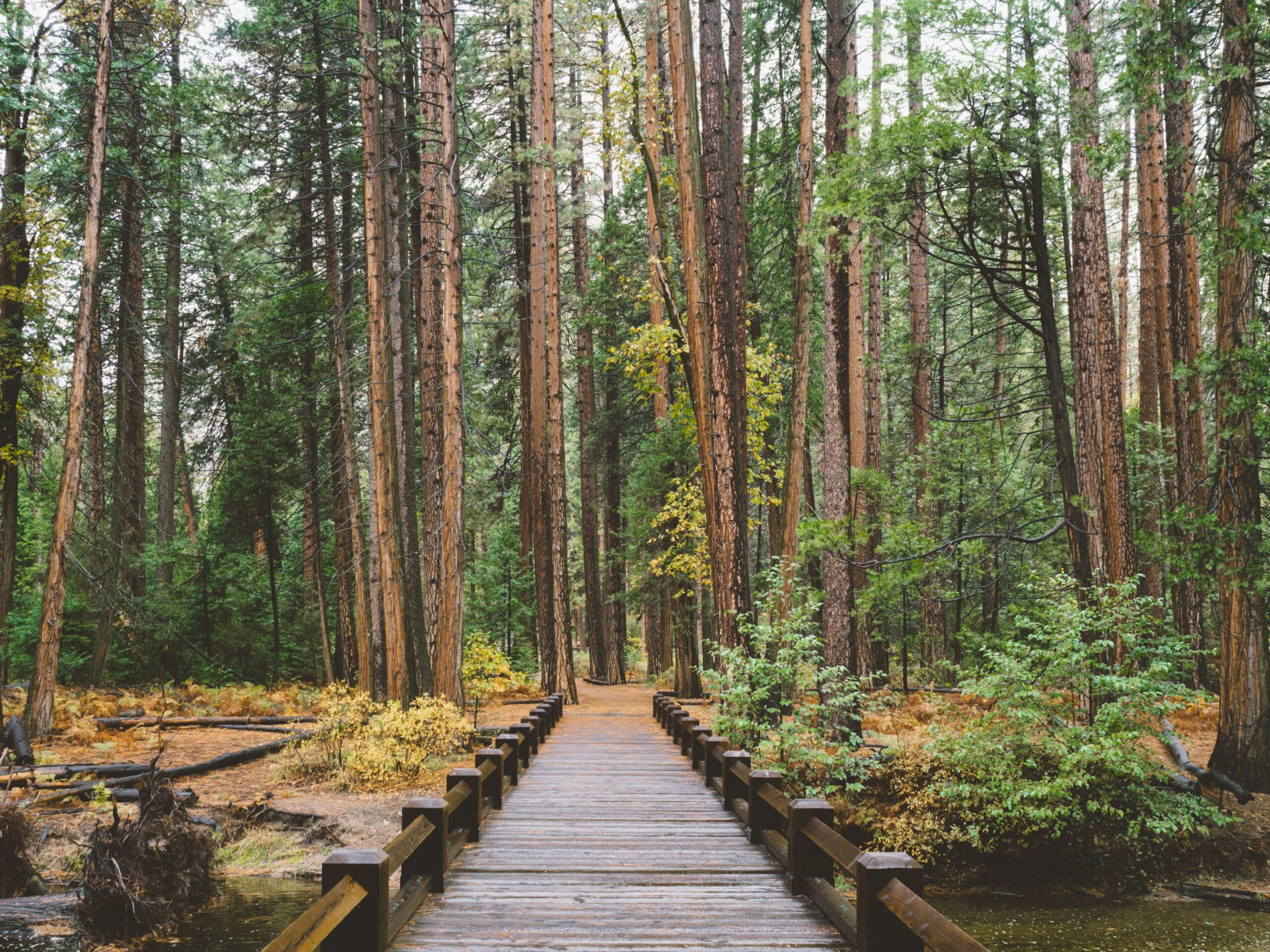
Nature photography is more than just a hobby; it’s a profound way to connect with the natural world and capture its beauty. For many, it serves as both a passion and a form of therapy, offering a respite from the hustle and bustle of daily life. The great outdoors, with its diverse landscapes and changing light, provides endless opportunities for creative expression and personal fulfillment.
One of the most compelling aspects of nature photography is the sheer diversity of landscapes and scenes one can capture. From majestic mountains to serene lakes, and from dense forests to open meadows, each environment offers its own unique challenges and rewards. The key to successful nature photography lies in understanding how to use the camera to capture the essence of these landscapes.
Capturing the Right Light
Light is perhaps the most crucial element in nature photography. The time of day can dramatically alter the mood and tone of a photograph. Early morning and late afternoon, often referred to as the “golden hours,” provide a warm, diffused light that enhances colors and textures. Midday light, on the other hand, can be harsh and create unflattering shadows, but it also offers opportunities for dramatic contrasts and bold compositions.
Composition is another vital aspect of nature photography. The way elements are arranged within the frame can significantly impact the overall impact of the photograph. Techniques such as the rule of thirds, leading lines, and framing can help create balanced and engaging images. By carefully considering how different elements interact within the frame, photographers can guide viewers’ eyes and tell a compelling visual story.
Embracing the Elements
Nature photography often requires dealing with various weather conditions and environmental challenges. Whether it’s a misty morning, a snow-covered landscape, or a rainy day, each condition has its own potential for creating stunning images. Embracing these elements, rather than avoiding them, can lead to unique and memorable photographs that capture the true essence of the natural world.
Patience is an essential trait for any nature photographer. Capturing the perfect shot often requires waiting for the right moment when the light, weather, and subject all align. This might mean waiting for hours to get the right light or observing wildlife for extended periods to capture a fleeting moment. Developing a keen eye for detail and a deep appreciation for nature can make these waiting periods more rewarding and enjoyable.
Exploring Wildlife Photography
Wildlife photography is a specialized branch of nature photography that focuses on capturing animals in their natural habitats. It requires a different set of skills, including knowledge of animal behavior, patience, and the ability to work discreetly to avoid disturbing the subjects. Successful wildlife photographers often spend hours researching their subjects and understanding their habits to capture authentic and compelling images.
While the essence of nature photography lies in the eye of the photographer, having the right equipment can significantly enhance one’s ability to capture stunning images. A DSLR or mirrorless camera with interchangeable lenses offers flexibility and control, while a sturdy tripod ensures stability and sharpness, especially in low-light conditions. Additionally, a range of lenses, from wide-angle to telephoto, allows photographers to capture everything from expansive landscapes to distant wildlife.
Post-Processing: Enhancing Nature’s Beauty
Post-processing is an integral part of modern nature photography. Using software tools such as Adobe Lightroom or Photoshop, photographers can enhance their images by adjusting exposure, contrast, and color balance. While it’s important to maintain the integrity of the scene, post-processing allows for fine-tuning and correction to achieve the desired artistic vision.
One of the most rewarding aspects of nature photography is sharing the results with others. Whether through social media, photography websites, or exhibitions, sharing your work can inspire others to appreciate and protect the natural world. Additionally, receiving feedback from fellow photographers and nature enthusiasts can provide valuable insights and encouragement.
Finding Personal Fulfillment
Ultimately, the joy of nature photography comes from the personal fulfillment it provides. The act of immersing oneself in nature, observing its beauty, and capturing it through a lens can be deeply satisfying. For many, it’s a way to slow down, reflect, and connect with something larger than themselves. Whether you’re an experienced photographer or just starting, the journey of exploring the great outdoors with a camera is one of continual discovery and joy.
Nature photography offers a unique blend of artistic expression and connection with the natural world. By embracing the beauty of landscapes, mastering technical skills, and appreciating the intricacies of light and composition, photographers can create images that not only capture the essence of nature but also inspire others to explore and protect it. As you venture into the great outdoors with your camera, remember that every moment is an opportunity to discover and share the wonders of the natural world.